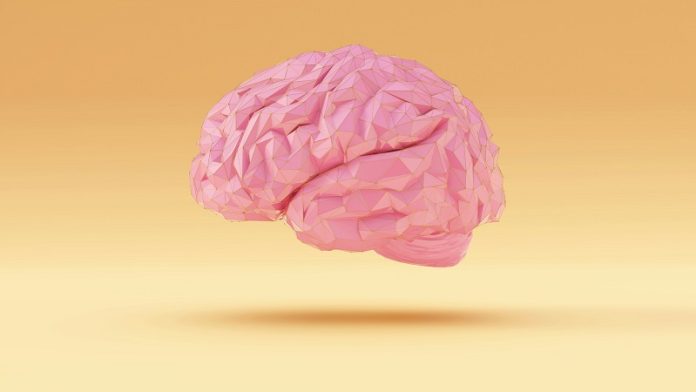
Dementia is a general term that describes a decline in memory, thinking, and reasoning skills that is serious enough to interfere with daily life.
It is not a normal part of aging, although it is more common in older people.
There are several different types of dementia, and each has its own causes, symptoms, and patterns of progression.
Knowing the differences can help families better understand what to expect and how to care for loved ones affected by the condition.
The most common type of dementia is Alzheimer’s disease. It accounts for around 60 to 80 percent of all dementia cases. Alzheimer’s usually begins with mild memory loss and confusion, such as forgetting recent conversations or misplacing items.
Over time, it becomes harder for the person to recognize people, follow directions, or perform simple tasks. Researchers believe Alzheimer’s is caused by abnormal protein buildup in the brain, including plaques made of beta-amyloid and tangles of tau protein, which damage brain cells.
Another type is vascular dementia, which is caused by reduced blood flow to the brain, often after a stroke or series of small strokes. The symptoms can appear suddenly or develop gradually and may include problems with thinking speed, focus, and organization.
Memory may not be affected at first. Vascular dementia is the second most common type of dementia and is often linked to high blood pressure, diabetes, or heart disease.
Lewy body dementia is caused by abnormal clumps of a protein called alpha-synuclein in the brain. It shares some symptoms with both Alzheimer’s and Parkinson’s disease.
People with Lewy body dementia may experience memory loss, confusion, visual hallucinations, and movement problems like stiffness or shaking. Sleep problems and sudden changes in attention or alertness are also common.
Frontotemporal dementia, or FTD, affects the parts of the brain responsible for behavior, personality, and language. It often begins earlier than other types of dementia—sometimes in people in their 50s or 60s.
People with FTD may act in socially inappropriate ways, lose interest in activities, or have trouble speaking or understanding language. Unlike Alzheimer’s, memory may be mostly preserved in the early stages.
There are also mixed dementias, where a person has changes in the brain related to more than one type of dementia. For example, someone may have both Alzheimer’s disease and vascular dementia. Mixed dementia is more common in older adults, especially those over age 80, and can make diagnosis and treatment more complex.
Less common types of dementia include Huntington’s disease, which is inherited and affects movement and thinking, and Creutzfeldt-Jakob disease, a rare and rapidly progressing brain disorder caused by abnormal proteins called prions.
Although there is no cure for most types of dementia, early diagnosis and treatment can help manage symptoms and improve quality of life. Medications, lifestyle changes, and support from family and healthcare providers can make a big difference. Researchers continue to study new treatments and the causes of dementia to help slow its progression.
In summary, dementia comes in many forms, and each affects the brain in different ways. Understanding the different types can help people get the right care, plan ahead, and support those living with the condition more effectively.
If you care about brain health, please read studies about how the Mediterranean diet could protect your brain health, and Omega-3 fats and carotenoid supplements could improve memory.
For more information about brain health, please see recent studies about antioxidants that could help reduce dementia risk, and higher magnesium intake could help benefit brain health.
Copyright © 2025 Knowridge Science Report. All rights reserved.



